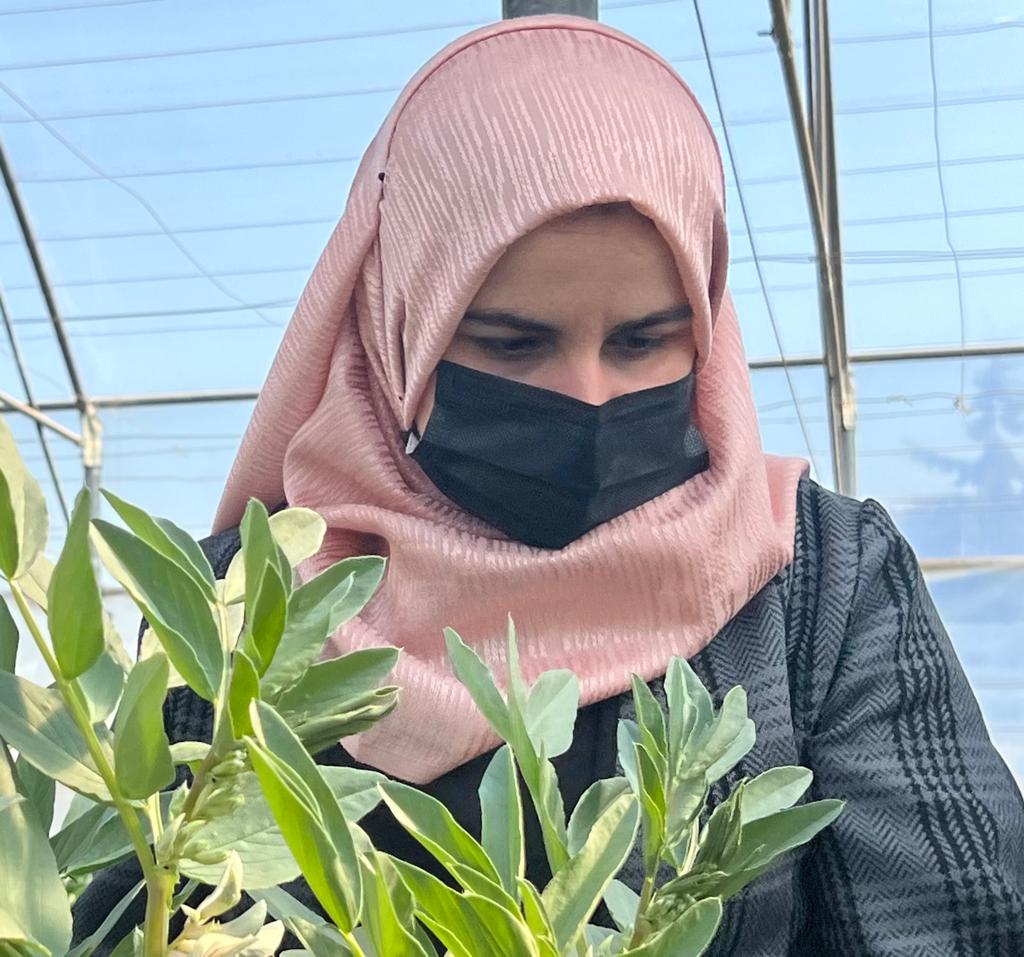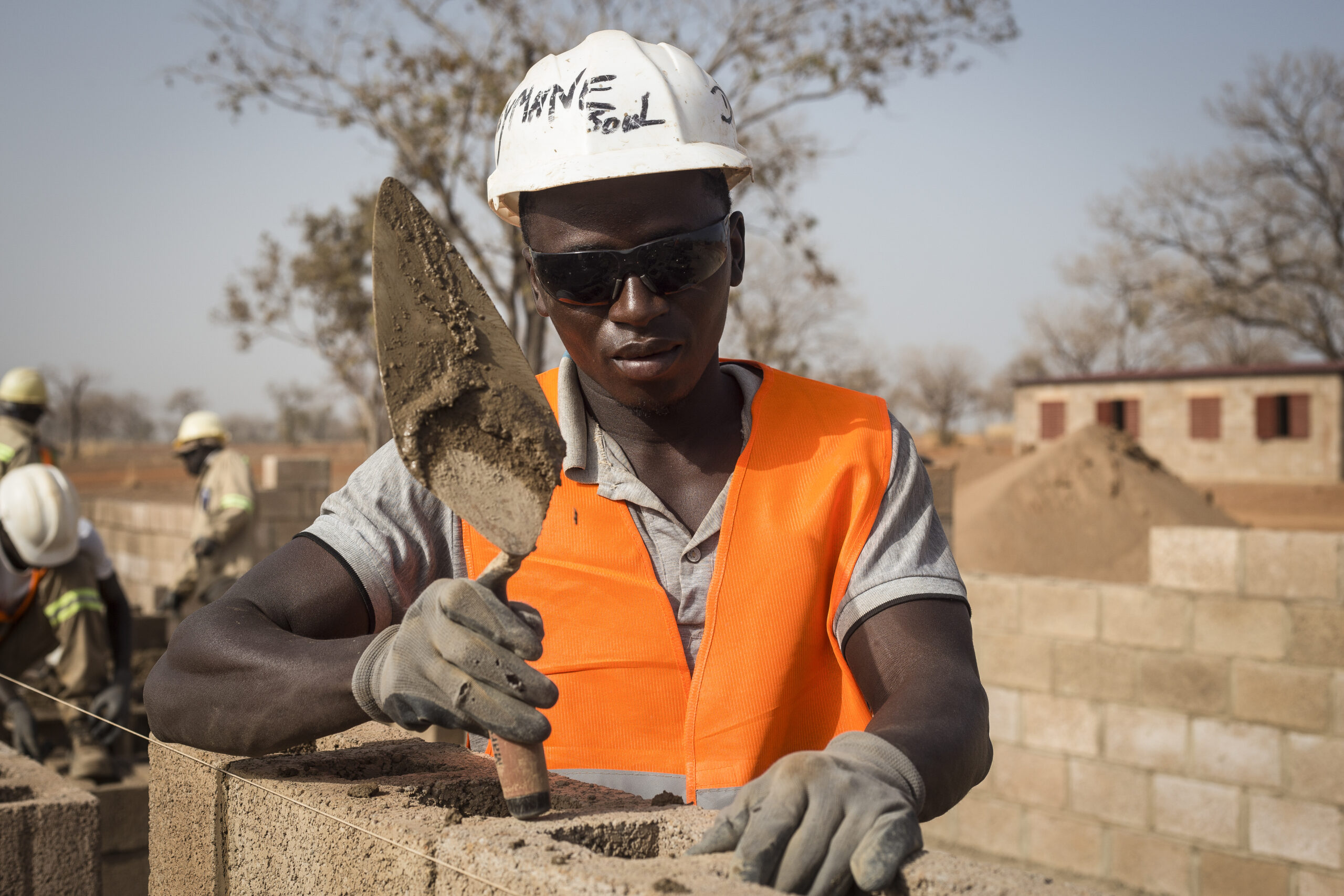
Using Evidence-Based Data to Improve Girls’ Education
INTRODUCTION
According to UNESCO, 130 million girls across the world between the ages of 6 and 17 don’t go to school. West and Central Africa has the highest rate of academic exclusion, with 20% of youth aged 6 to 11 not attending school and an exclusion rate of 40% at the post-primary level. This represents a major challenge in reaching the United Nations’ sustainable development goal #4, which aims to provide everyone with equal access to quality education by 2030, including a complete cycle of primary and secondary education.
In Sub-Saharan Africa, many years of international and national investments in educational systems have resulted in a primary schooling rate of almost 75%. This rate falls to just about 32% at the post-primary level. In rural areas, the secondary schooling completion rate is only 16%[1]. Substantial challenges remain in several countries, especially when it comes to helping girls access and stay in post-primary schools. Many now believe that universal access to education also means helping students access and stay in post-primary schools. In this context, Canada announced in January 2018 that it would double its contribution to the Global Partnership for Education, in order to improve girls’ access to education across the world and to help them stay in school. This is a significant investment that should be recognized, but a lot of work and creativity are still required to ensure that the funds will make a significant difference for those who need the most support.
THE IMPORTANCE OF EDUCATING GIRLS
Canada’s Feminist International Assistance Policy highlights the importance of giving girls and boys equal access through its main action area, which promotes gender equality and the empowerment of women and girls. Close collaboration between Canada and the central and local governments of developing countries can help improve their capacity to develop policies and implement programs that take gender equality into account. Through its second action area, human dignity, Canada’s policy also highlights the importance of developing services that are accessible to vulnerable populations, including accessible, quality education that will enable women and girls to prosper in the long run.
The problems that young girls face in accessing and staying in school are well known: poor infrastructure, including toilets, and teachers who are not properly trained to promote girls’ participation in class, in addition to the significant changes that girls experience during adolescence, early marriages, unwanted pregnancies and the load of domestic work that falls primarily on girls.
One of Cowater’s main strengths in supporting inclusive public institutions, including services that meet the differentiated needs of women and girls, is its capacity to use evidence-based data to improve government policies and programs so that they meet the needs of populations, including the needs of girls. Since 2005, with the support of the Canadian government, Cowater has worked closely with Burkina Faso’s Ministry of National Education and Literacy (MENA) to strengthen its agents’ capacity to assess learning achievements. The evidence-based data gathered from quantitative studies carried out by the MENA on learning achievements in basic education has shown that student learning varies greatly within the same class, but also that significant gaps exist between the performance of girls in primary and post-primary school. In light of this data, it was important to understand the causes of these gender-specific differences so that the MENA could take appropriate measures to improve girls’ performance.
In 2017, through a project entitled Société d’accompagnement au renforcement de capacités (SARC, 2013-2017), which built on 10 years of Canadian investments in assessing learning achievements in Burkina Faso, Cowater helped the MENA carry out a qualitative study on the gaps between the learning of girls and boys. The study showed that girls must bear the load of domestic work, which reduces their study time, and that the family environment tends to encourage boys’ performance. Girls are also under a lot of pressure at puberty; teachers are poorly equipped to support the education of girls and school toilets are not appropriate for the specific needs of girls at that age. It was also shown that girls perform more poorly than boys in mathematics and science. Boys have more time to study, and, contrary to girls, they study in groups, which gives them an advantage in mathematics and science. The lack of feminine role models is also an important factor in girls’ motivation in these fields. Burkina Faso’s Department of Education now possesses a thorough study that will help improve its policies and programs so that they meet the specific needs of girls.
Through the SARC project, Canada also supported the integration the National Gender Policy (NGP) within a major reform undertaken by the MENA in the last few years: the curricular reform. In supporting the development of the Cadre d’orientation du curriculum (COC) – which presents official guidelines on the new principles of basic education and on the process of creating new programs and related documents, and also addresses learning assessments – the country made sure it had all the necessary tools to implement an educational approach tailored to Burkina Faso’s socioeconomic development, which supports inclusion and equal access to education for girls and boys.
PERSPECTIVES
Much remains to be done in developing countries to improve the quality of education for all, boys and girls, and to ensure that girls stay in school. It is essential that the specific needs of girls are considered in terms of education and infrastructure, mainly at the post-primary level. In fact, it is between the ages of 12 and 16 that girls gain the most essential learning that will help them access economic opportunities. Staying in school also allows them to learn more about sexual and reproductive health, which will help promote maternal and neonatal health in the long term.
By strengthening public institutions in developing countries, including ministries of education, Canada can help make a difference. Through the use of evidence-based data gathered within the ministries themselves, Canada is in a privileged position to act as a leader in helping girls gain better access to and stay in school at a time of their lives when learning is critical.
[1] Prepared by the Data and Analytics Section; Division of Data, Research and Policy, UNICEF. December 2017.
Related Content
EU-funded Technical and Vocational Education and Training for a competitive agriculture in Iraq
Iraq has tremendous potential to develop a competitive, export-oriented agriculture. However, years of conflict and insecurity, compounded by rural outmigration and the deterioration of agricultural infrastructure, are limiting the country’s […]
Developing the skills for stronger economies
COVID-19 has accelerated the need for enterprises to adapt to unique challenges and face new realities. Emerging out of this pandemic as a greener, more inclusive, and resilient global economy […]







